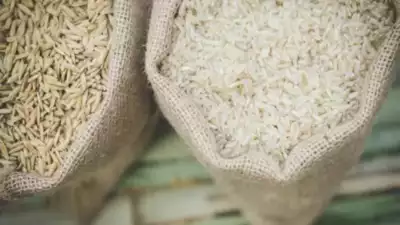Analyzing India’s New Rice Export Policy
The recent developments in India’s rice export policy have raised many questions about the future of rice prices, particularly the speculation that they might fall to $400 per metric ton. India, a major player in the global rice market, has replaced its export ban on white rice with a Minimum Export Price (MEP) of $490 per metric ton. This decision aims to manage the flow of non-basmati white rice, yet its effectiveness is still under scrutiny.
The introduction of the MEP serves as a regulatory measure to stabilize prices and limit excessive outflow. However, the real impact of this policy remains uncertain. There are concerns that rice could still find its way into international markets through alternative channels at lower prices, undermining the MEP’s intended purpose. The situation becomes even more complex considering India’s abundant rice stocks and expectations of a record production year, which could exert downward pressure on prices.
Moreover, the Indian government has also eliminated the MEP on basmati rice and reduced the export duty on parboiled rice from 20% to 10%. These changes suggest a strategic pivot aimed at boosting the competitiveness of specific rice varieties on the global stage. However, the broader implications for non-basmati rice exporters and overall market dynamics remain to be seen.
It is crucial for the policy framework to be equitable, ensuring that all market participants have a fair opportunity to thrive. An effective structure should not only facilitate healthy competition but also safeguard against potential market distortions that could arise from unequal advantages afforded to certain players. As the situation develops, stakeholders in the rice market will be closely monitoring these policy changes and their impact on pricing dynamics.
In conclusion, while there is speculation about rice prices potentially dropping to $400 per metric ton, much will depend on the implementation and effectiveness of India’s new export policy, global market conditions, and the agricultural output in the coming months.
Error




